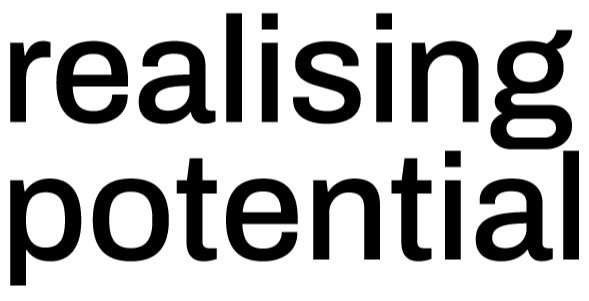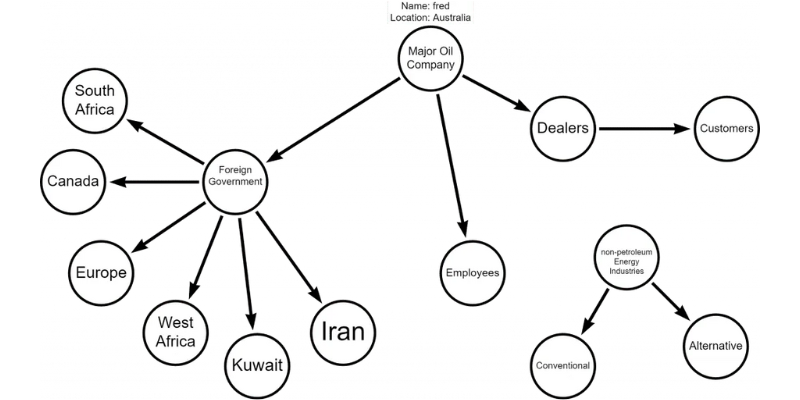Stakeholder management
I find the topic of Stakeholder Management fascinating because it means different things to different people and there is no one right way to do it. It’s often mentioned a lot at the beginning of projects – when Project Managers are ticking boxes on checklists for things that need to be in place that they hope will make their project a success.
When I hear it mentioned during projects its usually accompanied by heavy sighs and increasing levels of angst and frustration. But it doesn’t need to be that way.
I prefer the term Stakeholder Engagement over Stakeholder Management for one simple reason.
Stakeholders can be internal or external, individuals or groups and may even include organisations and regulatory bodies. Not always things that can be easily managed, yet each requiring tailored engagement. Usually, Stakeholder Engagement is aligned to some sort of communication plan or RACI chart, which can be useful for determining the method and frequency of communication.
I like to look at Stakeholder Engagement as coalition building, a bringing together of those interested in seeing a successful outcome and accomplishing goals. Its not always easy as there are multiple agendas to consider, differing perspectives and priorities. Whilst Stakeholder Engagement at times can be frustrating it is also is incredibly valuable due to the insights that can be gained and relationships that are formed that can be beneficial to all.
Effective Stakeholder Engagement can help you realise better outcomes, a shared reality, and a whole new opportunity baseline.
Example Stakeholder Model
Tips for realising success:
Identify and map stakeholders and be clear about what you want to achieve.
Identify relationships and common interests between stakeholders.
Determine the issues or topics on which you need input.
Develop an engagement plan.
Execute the plan and manage expectations.

